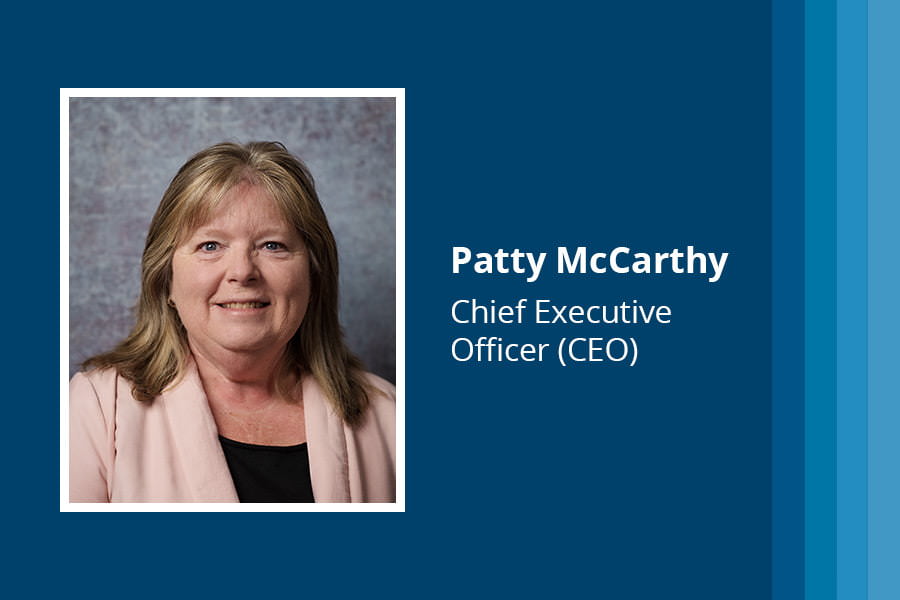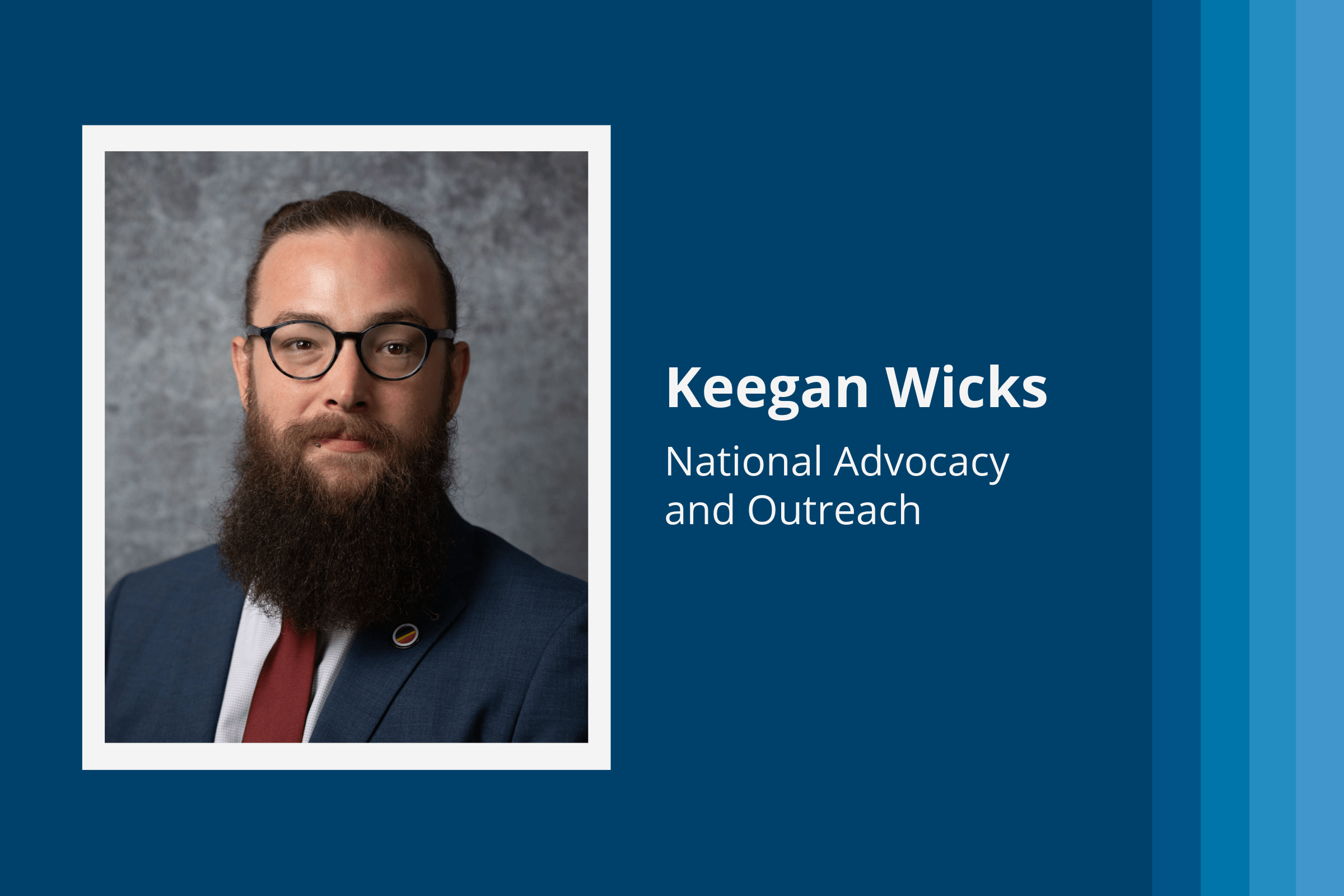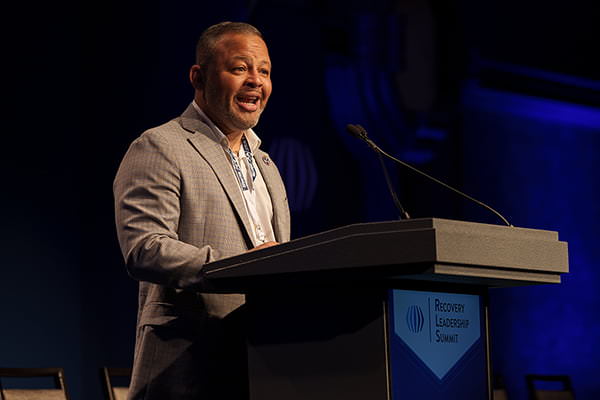We made history
For too long we watched as our loved ones that use drugs or have substance use disorder needlessly died from an unregulated and dangerous illicit supply. Historically, we have seen a punitive approach to these issues, focusing on punishment rather than prevention or treatment. This changed in December 2021. We made history, as the federal government put its support behind one of the most evidence-based interventions to save lives: harm reduction. It is my honor to be one of the authors of the federal harm reduction framework and to share the life-saving principles that support this philosophy and the various interventions available to save lives.
The first-ever harm reduction virtual summit hosted by the Office of National Drug Control Policy (ONDCP), the Center for Disease Control and Prevention (CDC), and the Substance Abuse and Mental Health Services Administration (SAMSHA) in December of 2021 was a significant turning point for the harm reduction philosophy. After years of being ignored at a federal level, the efficacy of harm reduction was finally acknowledged. Harm reduction is a public health approach that recognizes the complexity of substance use and prioritizes the safety and well-being of individuals who use drugs. This approach is grounded in evidence-based principles and aims to meet individuals where they are, reducing the harms associated with drug use, and working to improve overall health outcomes.
I had the distinct honor of being one of the few presenters at this historic summit. I had the opportunity to speak to government leadership about the harms of our policies, and how they have disproportionately impacted disenfranchised communities. Our system has often demonized individuals who use drugs, often without regard for the underlying reasons for their drug use. As a result, we have seen increased rates of disease, overdose, and incarceration. Harm reduction acknowledges these realities and works to address the root causes of drug use such as poverty, trauma, and structural inequality. It offers a compassionate and pragmatic response to drug use. The summit was just the first step that the federal government has taken to support harm reduction. Following the summit, a group of 17 individuals, including myself, that are experts in harm reduction were put together to create the harm reduction framework.
The federal harm reduction framework released by SAMHSA lays out the guiding principles and interventions that support this philosophy. The framework recognizes the importance of multiple pathways to recovery and acknowledges that individuals may not be ready to stop using drugs. Therefore, the framework includes a range of interventions aimed at reducing harm. These interventions not only reduce the harms associated with drug use but also serve as a bridge to treatment.
Reduce the harms associated with drug use
One of the most significant misconceptions about harm reduction is that it enables drug use. However, this could not be further from the truth. Harm reduction recognizes that drug use happens, regardless of our policies or interventions. By providing individuals with the tools and resources to reduce the harms associated with drug use, we increase the likelihood that they will stay alive and healthy. Harm reduction interventions not only save lives but also serve as a critical entry point to a larger system of care. Harm reduction empowers individuals to make informed decisions about their health and well-being.
The acknowledgement and support of harm reduction at a federal level is a significant step forward for public health and drug policy in this country. It represents a shift away from punitive policies to evidence-based strategies that prioritize human life and wellbeing. Harm reduction has already saved countless lives and will continue to do so as it becomes more widely accepted and implemented. As we move forward, it is essential that we work towards the full implementation of the federal harm reduction framework and continue to advocate for policies that prioritize the safety and well-being of individuals who use drugs. Together, we can create a world where everyone has the support and resources, they need to live their healthiest life.





